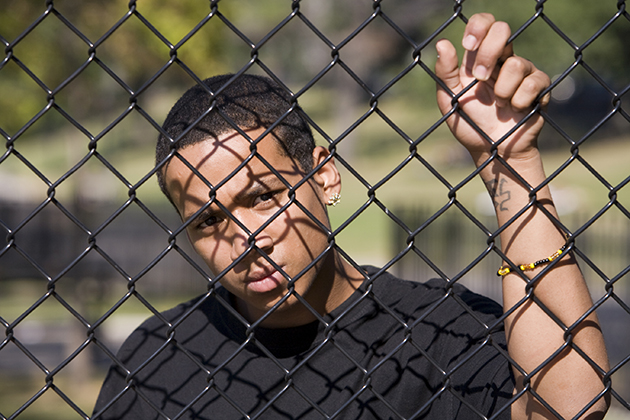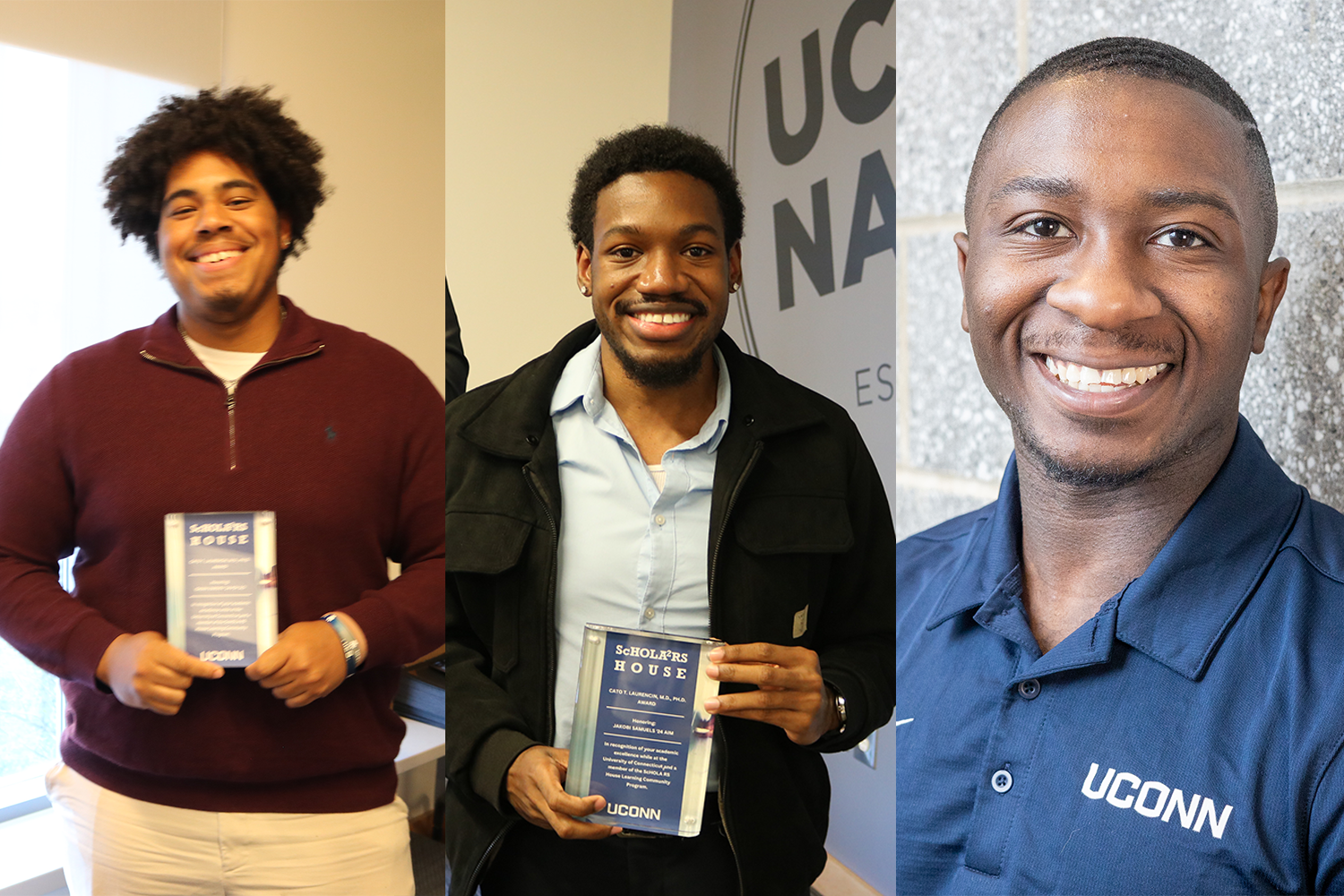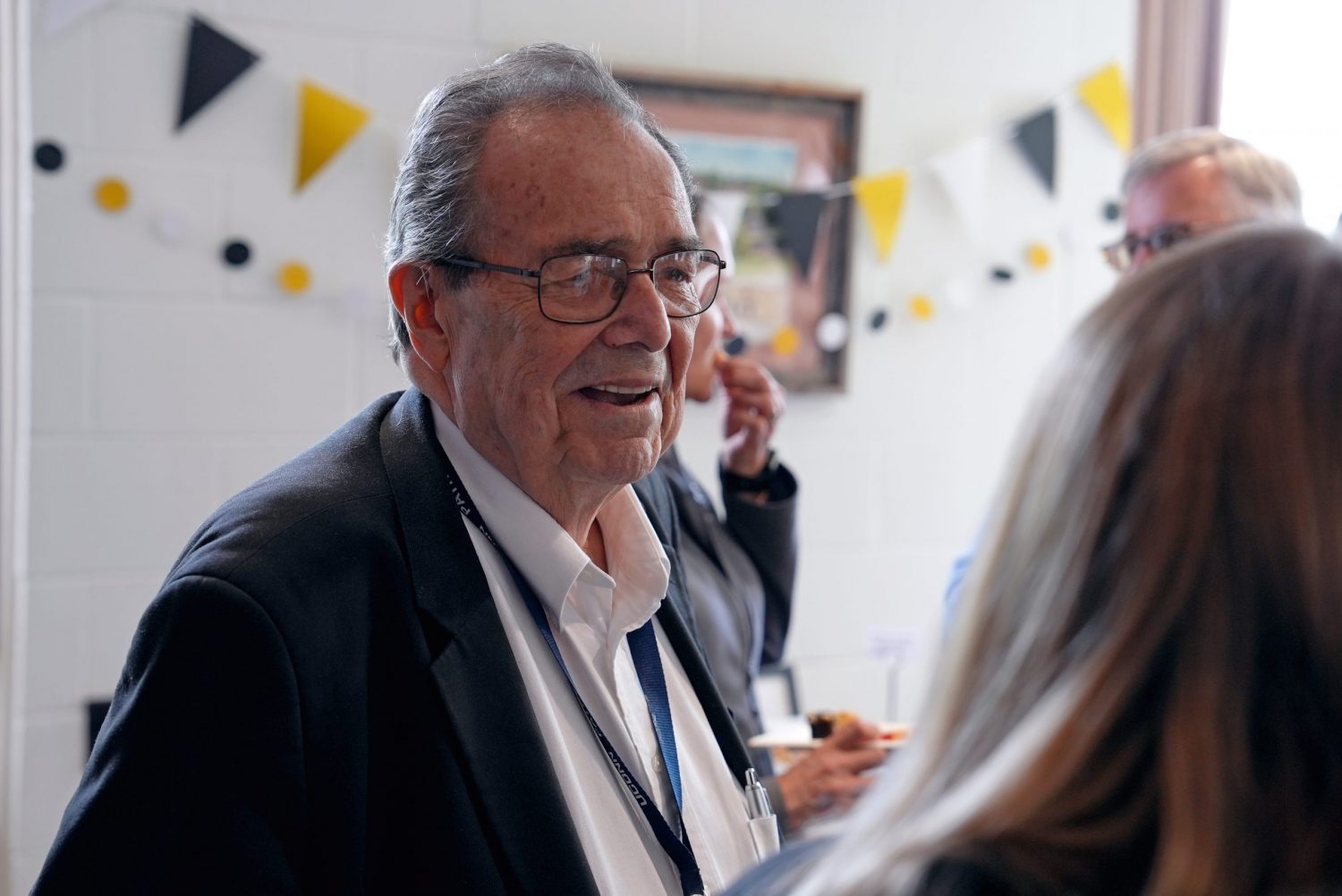Connecticut youth whose families have deep involvement in the state’s child welfare system are at the highest risk for involvement in the juvenile justice system when compared to other youths who have contact with state social workers.
That finding, part of a larger research study recently conducted by UConn’s Center for Applied Research in Human Development, suggests that the interventions state workers are targeting for these persistent child welfare cases may not be enough.
“These youth with persistent child welfare involvement across their entire lives come from families experiencing a great deal of adversity,” says UConn associate professor Anne Farrell, the research center’s director.
“The combination of traumatic experiences related to maltreatment and lifelong experience of hardship creates opportunities for these youth to go down the wrong path in spite of ample contact with the child welfare system,” Farrell continues. “This work identifies youth who appear not to benefit from child welfare intervention compared to their peers.”
The study undertaken by UConn researchers focused specifically on so-called “crossover youth” – those with a history of child welfare involvement who have also had contact with the juvenile court system.
While the initial results served to identify and describe the youth who are crossing over in Connecticut, several follow-up studies that will probe deeper into the children’s histories are already in the works. Those studies will look at the children’s educational backgrounds, housing stability, and individual experiences with the juvenile justice system to see if their prior child welfare involvement relates to the outcome of their cases.
“What we have now is basically a snapshot of who is more likely to crossover,” says Farrell. “It’s useful and important, as we are not aware of anyone else looking at the data this way, but it really is an incomplete picture. We don’t know what their education experience has been like or what their housing situation has been – both of which can be proxies for family stability.”
When it comes to reviewing the youths’ involvement in juvenile court, researchers will be checking to see if crossover youth with DCF involvement experience more lenient treatment because of their difficult past or perhaps experience harsher consequences because they lack the consistent presence of a parent or relative who advocates for them.
Those kinds of details are of keen interest to the state officials managing the children’s cases.
This study is an important first step in understanding the crossover youth population in the state and “part of the state’s ongoing reform efforts to better prevent crossover and support youth well being,” says Catherine Foley Geib, manager of clinical and educational services at the Judicial Branch’s Court Support Services Division, and one of the Center’s partners in the effort. “The shared aim of all those involved is to understand the unique needs of these vulnerable youth, and identify how systems can coordinate to serve them better.“
Says Linda Dixon, administrator of Adolescent and Juvenile Services for DCF: “Understanding the experiences of the youth and families we serve is a critical step in building the capacity to support families in a natural way. This study will help provide guidance in the development of best practices that are youth-focused and family-driven, relying on true partnership between families, state agencies, and community supports.”
In an important display of interagency collaboration, the different state entities agreed to share their confidential case file information — with the identities removed — with researchers to facilitate the study. The research was funded by DCF, the Child Protection session of the Superior Court for Juvenile Matters, the Court Support Services Division of the Judicial Branch, and the Office of Policy Management. It was conduced without access to any information that would enable researchers to identify these youth or their families. Farrell says the important new information gained from the endeavor shows how important information sharing can be when dealing with child welfare.
“Public systems are often silo-ed, which hampers coordination,” she says. “The data sharing agreement that enabled this project is a testament to the commitment of state agencies to better support youth.”
Former UConn doctoral student Kellie Randall served as the lead researcher on the initial study, thanks in part to funding support from the Dean’s office in UConn’s College of Liberal Arts and Sciences. Randall received her Ph.D. in human development and family studies last year and used the research as part of her dissertation. She now works for Connecticut’s Childhood Health and Development Institute, and will continue to collaborate on the crossover youth initiative.
Of the 7,268 youth involved with Connecticut’s Department of Children and Families (DCF) whose cases were reviewed in the study, about 18 percent had contact with the juvenile justice system. Consistent with national trends, males, African American, and Hispanic youth had higher rates of crossing over. Importantly, about 80 percent of DCF-involved youth did not cross over. Whereas child welfare involvement does raise the risk of juvenile justice involvement, additional work will aim to identify protective factors associated with lower risk of crossover.
The study also found that:
• Youths who experienced out-of-home placements/foster care (23.8 percent) crossed over at a higher rate than youths who were never removed from their home (14.5 percent).
• Later maltreatment appears to increase the chances of a youth crossing over. Youth who were older at the time of their first DCF contact were more likely to cross over than youths who experienced DCF involvement earlier in their lives.
• Youth who had persistent DCF involvement throughout early childhood and into adolescence, while they were the smallest subgroup (only 5.5 percent), crossed over at the highest rate, 30.8 percent.
“We know a great deal about how developmental stage affects youth experiences and needs,” says Ronald Sabatelli, professor and chair of UConn’s Department of Human Development and Family Studies, who was also part of the research team. “This study underscores the need to incorporate developmental knowledge when studying youth problems and looking to achieve solutions.”




